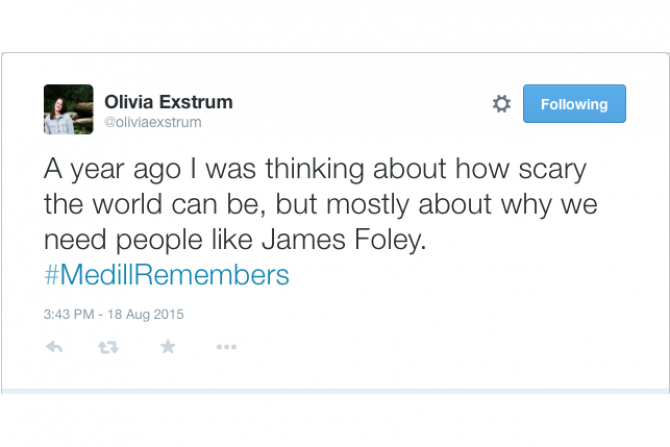While the United States and Cuba are making efforts to normalize relationships, a question has been raised: To what extent will the decision change Cuba?
On Dec 17, 2014, the day both President Barack Obama and Cuba’s President Raul Castro announced the two countries would reestablish diplomatic relations after a half-century freeze, I was in Havana.
I was not aware of the news until I met a Chinese worker on street, because it was quite hard to access the Internet in Cuba. When I turned on the TV, the news channel was airing the two presidents’ speeches.
You could feel something was happening in Cuba, but when I recalled what I had seen on the street that day, it seemed that Cubans cheered more for the release of their three intelligence officers, whom Cubans call “national heroes” and the U.S. officials call “spies.”
A powerful national sentiment still prevails in Cuba, but in the mean time, you will find American national flags in taxis and even on people’s T-shirts. Coca Cola was sold quietly at a tourism bus station in a rural village. There was an Apple logo at a store, but of course that was not an Apple Store.
Maybe Cubans know well what is politics and what is life. They don’t really hate Americans.
What attracts foreign tourists is Cuba’s nostalgia and retro feel. The time seems to stop in the 1950s, the years before the embargo era.
One of my friends asked a resident in Havana: “Will Cuba retain the charm when American capital and tourists flood in?”
The answer was: “Cuba will always be Cuba. Nothing can change Cubans’ spirit.”
- Two Cubans greet each other in a lane in downtown Havana. (Photo by Lei Xuan)
- Three young women in Matanzas dress in colorful ways. Cuba is rich in color. The buildings, the cars and the clothes people wear are all very colorful. (Photo by Lei Xuan)
- La Bodeguita Del Medio was Ernest Hemingway’s favorite bar in Havana. It attracts crowds of tourists every day and it could be a must visit place for American tourists. (Photo by Lei Xuan)
- Vintage cars are the witnesses of the U.S. embargo but also part of the charm of Cuba. Many vintage cars have become taxis and are an attraction to tourists. (Photo by Lei Xuan)
- A group of Cuban students are waiting outside a building. Younger students wear blue scarves while senior students wear red scarves. It is a Cuban revolutionary tradition. (Photo by Lei Xuan)
- The image of revolutionary hero Che Guevara is everywhere. He has become a part of Cubans’ daily life and a pop culture icon in many places of the world. (Photo by Lei Xuan)
- Two girls in military uniforms walk across a street in Matanzas, a city located between Havana and the resort Varadero. (Photo by Lei Xuan)
- Early in the morning, a bookseller puts books on shelves at a park in downtown Havana. Many of the books are about Cuban revolution history. (Photo by Lei Xuan)
- An old man is reading newspaper behind Cuba’s national flag. The residential building he lives in is not far from Havana’s Revolution Square and the headquarter office of the Communist Party of Cuba. (Photo by Lei Xuan)















